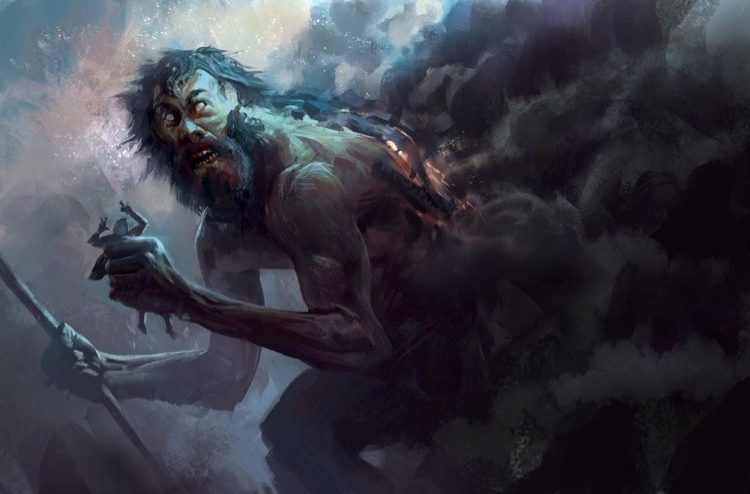Kodungallur Bhagawati temple
The Bhagawati temple also known as Sree Kurumba Bhagavathy Temple, dedicated to goddess Kali located at Kodungallur, Trichur district is one of the grandest and ancient temples in Kerala.
Parashurama, an avatar of Lord Vishnu, had a vision of the Bhagavathy around 1km south of the present temple and he worshipped her as Durga offering liquor and chicken, and shifted the idol of Kurumba Amma found there to the present temple site. When he expressed the difficulty of Sree
Kurumba Bhagavathy Temple, dedicated to goddess Kali located at Kodungallur worshipping the same way in the future, Bhagavathy is believed to have told him to celebrate during the Bharani in the Malayalam month of Meenam.
Kurumba Bhagavathy Temple, dedicated to goddess Kali located at Kodungallur worshipping the same way in the future, Bhagavathy is believed to have told him to celebrate during the Bharani in the Malayalam month of Meenam.
The presiding deity of Bhagavathy or Kali is a six feet high sculpture from wood, carved out of a jack fruit tree. The idol facing north is depicted with eight arms and carries weapons and symbols like sword, spear, discus, pestle, bow etc in each hand as well as the severed head of Darikasura by the hair. Her head is adorned with a crown that resembles the head-piece used by actors in Kathakali (A classical dance from Kerala) and her body is entirely covered with golden attire - chain woven of gold discs, necklace etc. The goddess is shown in her fierce form as the destroyer of evils. A cloth hung on the western wall of the sanctum serves as a symbol of the deity, and is worshipped by the devotees.
In Tantric terms, the divinity is installed in what is called the "Rurujit Vidhaana" pattern, a form of installation with Shiva in one end, Ganesha in the other, with the Sapta Matrika goddesses in between.
The people of Kodungallur believe that this temple was, in the olden days, a Shiva shrine and it was Parasurama who installed the murti of Bhadrakali close to one of Shiva. The pujas are conducted, it is said, under direct instructions from the goddess herself. Five 'Sri Chakras', said to have been installed by Adi Shankaracharya, are believed to be the main source of the powers of this deity. The priests are Namboodiris and Adikas (Madhu Brahmins) who have a right to perform 'Pushpanjalis' to the Goddess.
Bharani festival
Kodungallur Bharani festival in Kodungallur Bhagavathy Temple
The Bharani festival at the Kodungallur Bhagawati temple is one of the major festivals of Kerala. It is a month of festivities from the Bharani asterism in the month of Kumbham to 7 days after the Bharani asterism in the month of Meenam. It normally falls between the months of March and April. The festival usually starts with a ritual called 'Kozhikkallu moodal' which involves the sacrifice of cocks and shedding of their blood, which forms an important feature of this temple. The members of the "Kodungallur Bhagavathy Veedu" are allowed to participate in this ritual.
'Kavu Theendal' is another major part of the festival. Bhadrakali being the patron of the royal family of Cranganore, the raja of Kodungallur plays an active part in the celebrations. Standing upon a platform built around a banyan tree, the Raja spreads out a silken parasol soon after the door of the Devi shrine is opened. This gesture represents a permission given for all castes to enter the precincts of the temple for worship. Devotees run round the temple three times with sticks in their hands, before entering the shrine. The ritual commemorates the slaying of the demon Daruka, and the sticks are said to be substitutes for the swords and other weapons used for the ritual in the past.
During this ritual, Vellichapads, (oracles of the goddess), dressed as the goddess and said to be possessed by her, run around the temple in a frenzied trance state, waving their sickle-shaped swords in the air while the members of their retinue offer reverence over the inner quadrangle of the temple. They yell out lewd, bawdy, abusive cries at the goddess, which is said to please her. This is followed by a purification ceremony the next day.








Comments
Post a Comment